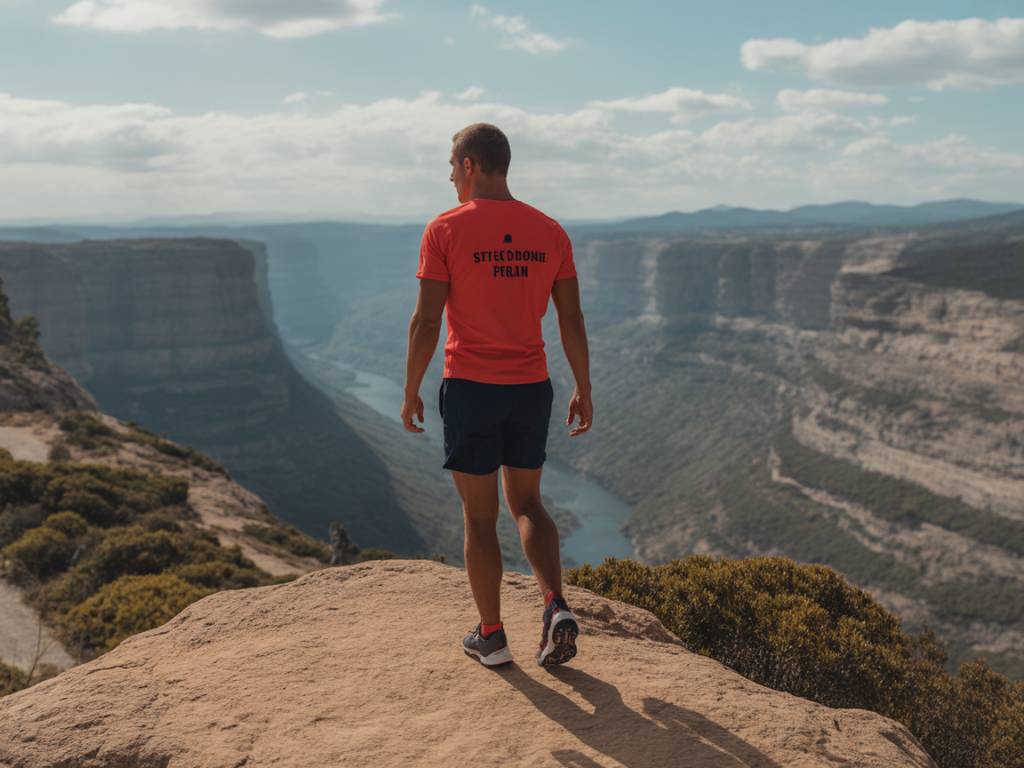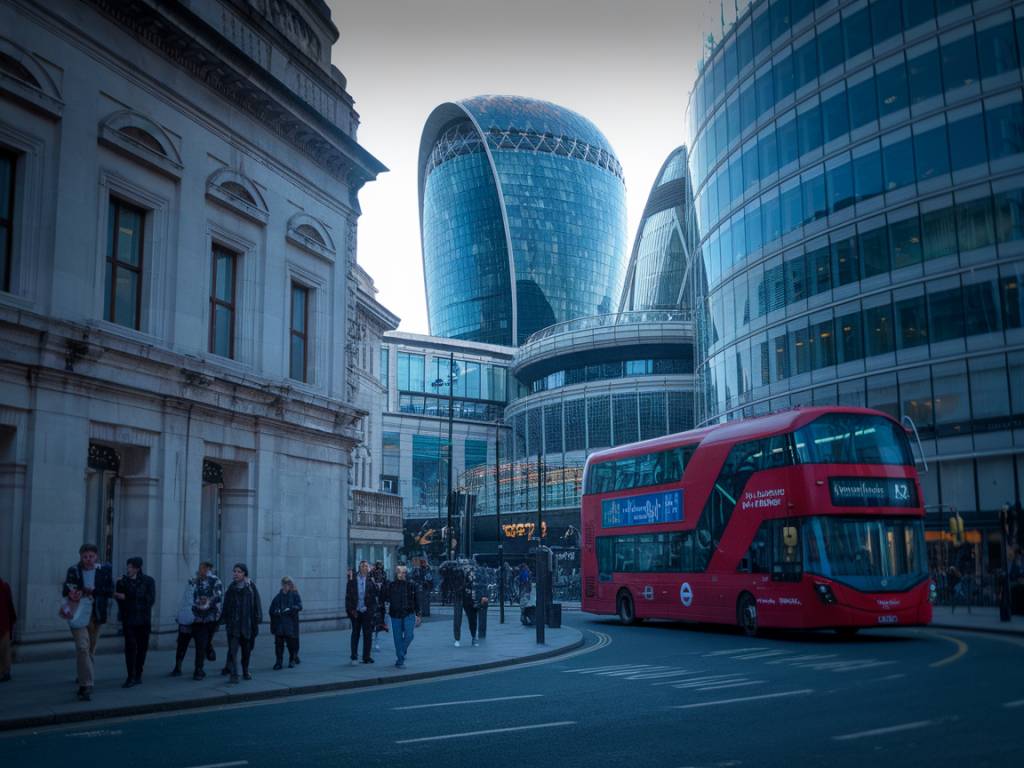The Landscape Beneath the Laces
There is something almost poetic about walking through a high street and catching a glimpse of a swoosh, a trefoil, or the discrete tick of an upstart challenger. They don’t shout—but they don’t need to. These marks have become modern runes, etched into the cultural fabric of 2024. The sports apparel market is not just a sector—it is a stadium hosting a silent war, where identity, innovation, and access play the game for keeps.
But how do the giants—the Nikes, Adidases, and Under Armours of this world—consistently outpace the pack? Are they just riding on the inertia of nostalgia and billion-dollar ad budgets, or is their domination a strategic ballet, executed with quiet precision? Let’s lace up and dive deeper.
Brand Identity: The Cult of the Swoosh
In a world pulsating with information, identity is currency. Brands like Nike and Adidas don’t merely sell clothes—they sell a version of you. A bold, faster, stronger you. When Nike installed the words “You Can’t Stop Us” across city skylines and smartphone screens, they weren’t advertising a shoe. They were painting a vision. The result? Millions choose brand allegiance not because of thread counts or moisture-wicking benefits, but because, subconsciously, they believe slipping on that gear inches them closer to greatness.
These brands have mastered not only aesthetics, but ethos. Their storytelling transcends seasons and styles, weaving into social discourse—supporting athlete activism, addressing climate impact, and surfacing stories from underserved communities. It’s marketing, yes—but it’s also a manifesto.
Innovation Runs Deeper Than Stitching
In the past, a shoe was a shoe. A hoodie was a hoodie. Today, it’s wearable performance tech. The sportswear elite have embraced a culture of relentless experimentation. Nike’s Flyknit, Adidas’ 4D-printed midsoles—these aren’t stunts. They’re quiet revolutions underfoot, providing competitive edges and sustainable momentum in markets hungry for both speed and conscience.
Take Lululemon’s fast ascent. Once confined to yoga studios and whispered recommendations, they broke through by addressing a gap the giants overlooked: the premium, functional–and dare we say–fashionable athleisure market. Now, they’ve launched into running shoes, backed by biomechanics research and a community-first strategy that feels less like marketing, more like kinship.
Innovation isn’t just about design—it’s about purpose. Circular economy models, plant-based materials, biodegradable polyesters: the big brands know that in 2024, a revolutionary product must also pass the scrutiny of ecological awareness. Patagonia, long a prophet in this space, continues to challenge its peers not through volume, but through the ethical weight of its decisions. And consumers are paying attention.
Digital Domination: Selling in the Scroll
The battlefield has moved. Yesterday’s mall window is today’s curated influencer feed or an AI-personalized shopping experience. Brands dominating this space are those who learned to speak the fluent, changing dialect of digital commerce—where frictionless is fundamental, and storytelling happens in seconds.
Puma’s partnership with TikTok creators? More than a trend-chase—it’s a calculated campaign to step into Gen Z’s strolling subconscious. Meanwhile, Nike’s SNKRS app has transformed limited-edition drops into quasi-religious experiences. It’s not just about buying—it’s about belonging. A ritual. An inside club, with allegiance forged tap by tap.
Supply Chain as a Strategic Superpower
What happens behind loading docks might not dazzle the way a Serena Williams ad spot does, but it matters—immensely. The leading brands have fortified their logistic legacies with agile supply chains, predictive AI, and hyper-localized distribution models. During crises (pandemic shutdowns, canal blockages), brands like Nike and Adidas were hit hard—but they were also fast to pivot, redeploy tech, and localize production when globalisation turned volatile.
Decentralised warehousing, 3D-print sampling, and on-demand manufacturing are not just operational buzzwords—they’re shields and sabres in the modern brand’s armoury. Smaller challengers without this infrastructure often struggle to maintain pace, even when their ideas are exciting.
Collaborations: Crafting Culture One Collab at a Time
The new status symbol isn’t just a well-designed product—it’s the convergence of creative worlds. Leading brands no longer look only at athletes. They court street artists, musicians, chefs, disruptors. Adidas x Gucci. Nike x Off-White. These marriages aren’t opportunistic. They are strategic crosses pollinating fan bases and threading brand DNA into deeper cultural soils.
Why does this work? Because in 2024, consumers are more than buyers—they’re participants, curators, even creators. They don’t want products. They want presence.
Collaborations become talismans, stories you wear. Limited drops create demand, community, dialogue—and yes, FOMO, that millennial-forever fuel that converts interest into impulse.
Retail Reimagined: Physical Meets Philosophical
It’s easy to assume the death of retail. After all, why bother with queues when you can one-click your way to a size 10? But something stranger—and altogether more human—is happening: the rise of experiential retail. Nike House of Innovation in Paris. Lululemon’s yoga-focused concept stores. Adidas’ experiential flagships. These aren’t stores. They are living spaces. Urban temples. Part showroom, part gathering space, with a whiff of Disneyland.
Here, premium brands invite consumers to not just try a product—but to feel something. Step onto a treadmill and get real-time gait analysis. Attend a live panel with athletes. Let a digital stylist profile you through facial recognition. It’s immersive theatre, commerce wearing the mask of play.
And in a post-lockdown world hungry for tangible interaction, this is not a nostalgia act. It’s strategy, wrapped in spectacle.
A Note on the Challengers
It would be unfair to speak only of the titans. 2024 is witnessing a swelling from below. On, the Swiss sneaker contender, has bloomed not just through tech but through values of transparency and community. Gymshark, bootstrapped from a teenager’s garage, now flexes as a billion-dollar behemoth through raw authenticity and creator-rooted strategy.
These underdogs (or perhaps, precise underwolves) find cracks in the giants’ armour: agility, relatability, niche focus. They speak in unfiltered tones, often outpacing bigger rivals when it comes to tapping micro-tribes yearning for meaning.
So, Why Do the Giants Still Win?
The answer is many-headed. Years of brand loyalty. Economies of scale. Access to elite athletes and leagues. Sure. But at the heart? A rare alchemy: the ability to evolve without losing essence. To innovate, without isolating heritage. To fail fast, and recover faster.
It’s less about retail strategies or influencer deals, and more about this: they’ve mastered the balance between relevance and reverence. They dance at the edge of trend and tradition, never fully committing to either, yet mastering both.
Perhaps that is their quiet genius. While the world spins faster, they don’t run—they glide. Just ahead. Just enough. And as long as dreams are laced into every pair of sneakers, they’ll remain the brands we reach for—when we dare, not just to move—but to become.




